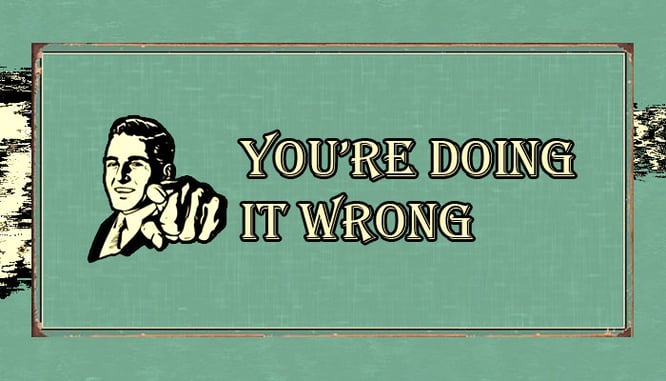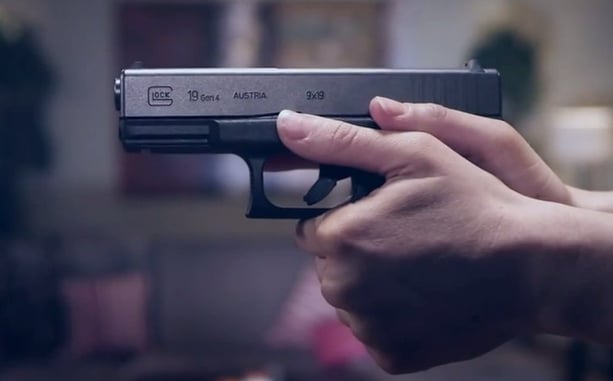A common question a lot of concealed carriers and gun owners ask is how many rounds are fired in a firefight. This is such a broad question that the only way to begin to tackle it is by breaking it into pieces. Another big problem in trying to find the answer to this question is that statistics aren’t uniformly kept for all incidences involving self-defense. More specifically, it’s difficult to find reliable (read: independent) statistics on self-defense by law-abiding citizens and not law enforcement officers.
That’s why we’re going to start with law enforcement. While the model for self-defense shootings for concealed carriers will be very different than law enforcement officers, law enforcement is likely the nearest correlation we have. Thankfully, the FBI tracks those stats.
Using Law Enforcement As A Model For Gunshots
As discussed, we’re going to examine this model to try to find out a rough number. Let’s stress that this is a rough number because in self-defense situations, it’s a matter of the courts to decide how many rounds and that would entail digging through hundreds of thousands of court cases and drawing stats from that — which no one has independently done. There’s also shootings that are either not recorded, reported, or documented properly. So… Let’s look at police.
The 2015 report on Law Enforcement Officers – Killed & Assaulted from the FBI is still being tabulated because the year is young. Examining old stats from 2012 has yielded an interesting picture of officer-related injury.
Updating that to 2014, we’re seeing that the most common point of entry for officer-related deaths are the armhole, shoulder area of the bullet proof vest. The most common ammunition type — so far as handguns is concerned — is 9mm. The most common point of entry resulting in an officer death was the front of the head or front of the upper torso. Unfortunately, no where in the stats is there an accurate accounting for the number of rounds required to get that result. And, to be honest, these stats only reflect armed criminals and are not really reflective of a law-abiding daily carrier.
Examining these FBI statistics even farther, we can get down to the distances at which these officers were shot and killed.
The conclusion? Sorry, there’s no definitive statistically backed, verifiable answer. The only other place we could possibly go is to Department of Defense statistics on the average number of rounds expended in a firefight. But, again, that information wouldn’t be accurate either because concealed carriers don’t get into protracted offensive operations like military units would. That, and we’re not hauling a fully automatic SAW on patrol.
Why The Number Of Gunshots Doesn’t Matter
If you ask different experts, whether they be former or even current military, law enforcement, private security, they’ll all give slightly different answers. Let’s not give into the hype that anecdotal information is going to yield a reliable answer. What’s important is that you train and practice with the gun you carry everyday. If your gun only has two shots in it but you feel confident you can defend your life adequately with just two bullets — that’s your choice. I’m not going to tell someone carrying a 5-round concealed carry revolver that he’s not doing right. If that man feels confident that his revolver will help him get through a self-defensive shooting, good deal.
As someone who’s gone through A LOT of news reports dealing with self-defensive shootings, I will say one thing: very rarely does the attacker just collapse immediately. The location of the bullet is actually more important than the caliber. Just recently outside a nightclub in Texas, two brothers self-defensively shot a mugger seven or eight times and he still ran away. I don’t doubt some or even many of those shots were “center mass”. It didn’t stop that guy from running. Other incidences I’ve reviewed show a single gunshot was sufficient to stop the attacker.
Here’s some realities we’ll be facing: each incident will be unique to you and your training. Stress on the training. Train with the gun you most reliably feel will get you through a gunfight.


![[VIDEO] Shooting at Chicago Street Takeover Claims Innocent Life as He Tried to Get Away](https://imagedelivery.net/sbm_lYeJbALkepJgtmRD5w/concealednation.org/2024/05/Screenshot_20240508_181939_Files-by-Google.jpg/w=728,h=381)












